Growing Thyme Indoors: How To Grow Thyme Indoors
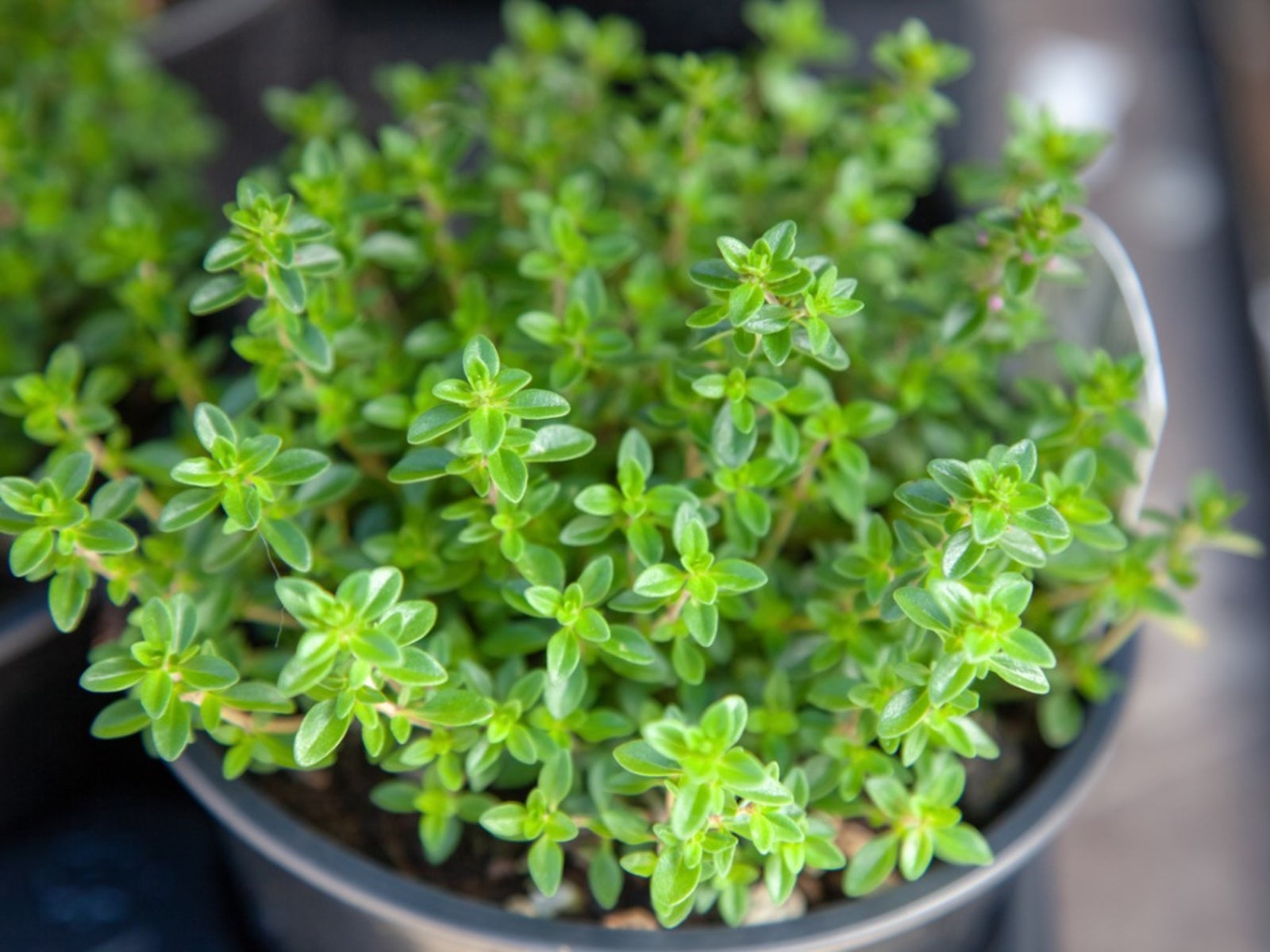

Fresh available herbs are a delight for the home cook. What could be better than having the scents and flavors near at hand in the kitchen? Thyme (Thymus vulgaris) is a useful herb that can be used in a variety of ways. It adds a delicate aroma and almost grassy spice to any dish. Growing thyme indoors requires plenty of sunshine and well drained soil. Growing thyme inside is one of the easiest indoor herbs to cultivate.
Planting Thyme Indoors
Thyme is both a culinary and aromatic herb. An excellent container for growing thyme is a clay planter. Other types of pots will suffice, but a clay pot will allow the thyme herb to dry out between watering and prevent overly wet roots as thyme isn't tolerant of soggy root conditions. The container should have at least one large drainage hole. A good mix of sand, potting soil, peat moss and perlite will provide adequate nutrients and drainage. Thyme can tolerate indirect light, which makes it perfect for the kitchen herb garden. The best results will be found when thyme is planted where it receives six hours of daylight. Once the thyme has been planted, place the container in a southern- or western-facing window if possible. Growing thyme inside will require temperatures in the daytime around 60 F. (16 C.) or more.
How to Grow Thyme Indoors
Herb care for plants indoors is much the same as for those outdoors. Water completely each time but allow the pot to dry before watering again. Fertilize thyme with a weak solution of fish emulsion or liquid seaweed, diluted by half every two weeks. Cut back overly woody stems on the thyme plant to force fresh new growth. Trim off flowers and dry them for a sachet or use them in tea. Removal of flowers increases foliage production.
Potted Thyme Care
Container grown thyme needs to be repotted every season or two depending on the size of the pot and rate of growth. You'll know it's time when the roots are growing out of the bottom of the container. Thyme plants divide easily when repotted to reproduce even more plants. Thyme growing indoors will benefit from relocation to the outdoors in summer. Begin by exposing the potted thyme to a semi-shade location to acclimate it to outdoor light and temperatures. Gradually move it to full sun.
Using and Harvesting Thyme
Growing thyme indoors allows you to have a constant ready supply of fresh seasoning. You can start using your thyme as soon as the plant has plenty of foliage. Cut off the stems and rinse them. Pick off the leaves or simply run your thumb and index finger down the length of the stem to push off the leaves. Chop the leaves or add them whole to sauces, soups and other dishes. The stems can be stewed in stock to release their flavor but remember to strain them out. Thyme leaves can also be dried by spreading them on a cookie sheet for a day or so in a warm dry area.
Gardening tips, videos, info and more delivered right to your inbox!
Sign up for the Gardening Know How newsletter today and receive a free copy of our e-book "How to Grow Delicious Tomatoes".

Bonnie Grant is a professional landscaper with a Certification in Urban Gardening. She has been gardening and writing for 15 years. A former professional chef, she has a passion for edible landscaping.
-
 8 Noteworthy Native Azaleas Every Gardener Should Know – And Grow!
8 Noteworthy Native Azaleas Every Gardener Should Know – And Grow!Native azaleas offer brilliant blooms in a range of colors and sizes. Here are a few favorites to get inspired and start working on a native shade garden!
-
 Growing Climbing Roses: How To Create Elegant Displays With Maximum Blooms
Growing Climbing Roses: How To Create Elegant Displays With Maximum BloomsMaster the art of growing stunning climbing roses with this essential guide to creating vibrant, fragrant walls and structures all summer long.
-
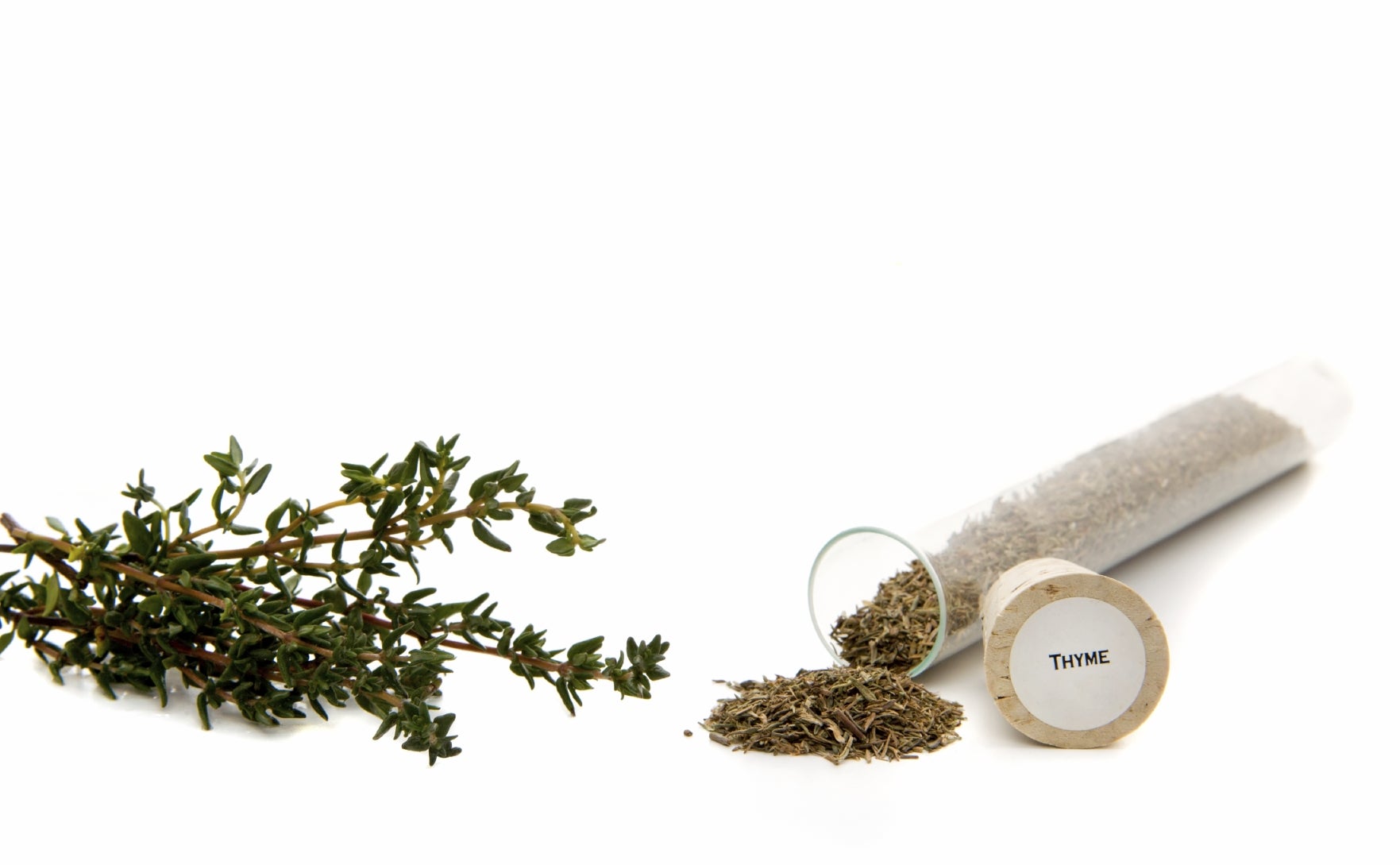 Propagating Thyme Plants: Thyme Seed Planting And Rooting Thyme Plants
Propagating Thyme Plants: Thyme Seed Planting And Rooting Thyme PlantsThyme is an herb steeped in history with a wide range of uses, not the least of which is culinary. With such a plethora of applications, it is a "must have" for the herb garden. So then, how to propagate thyme you ask? Find out here.
-
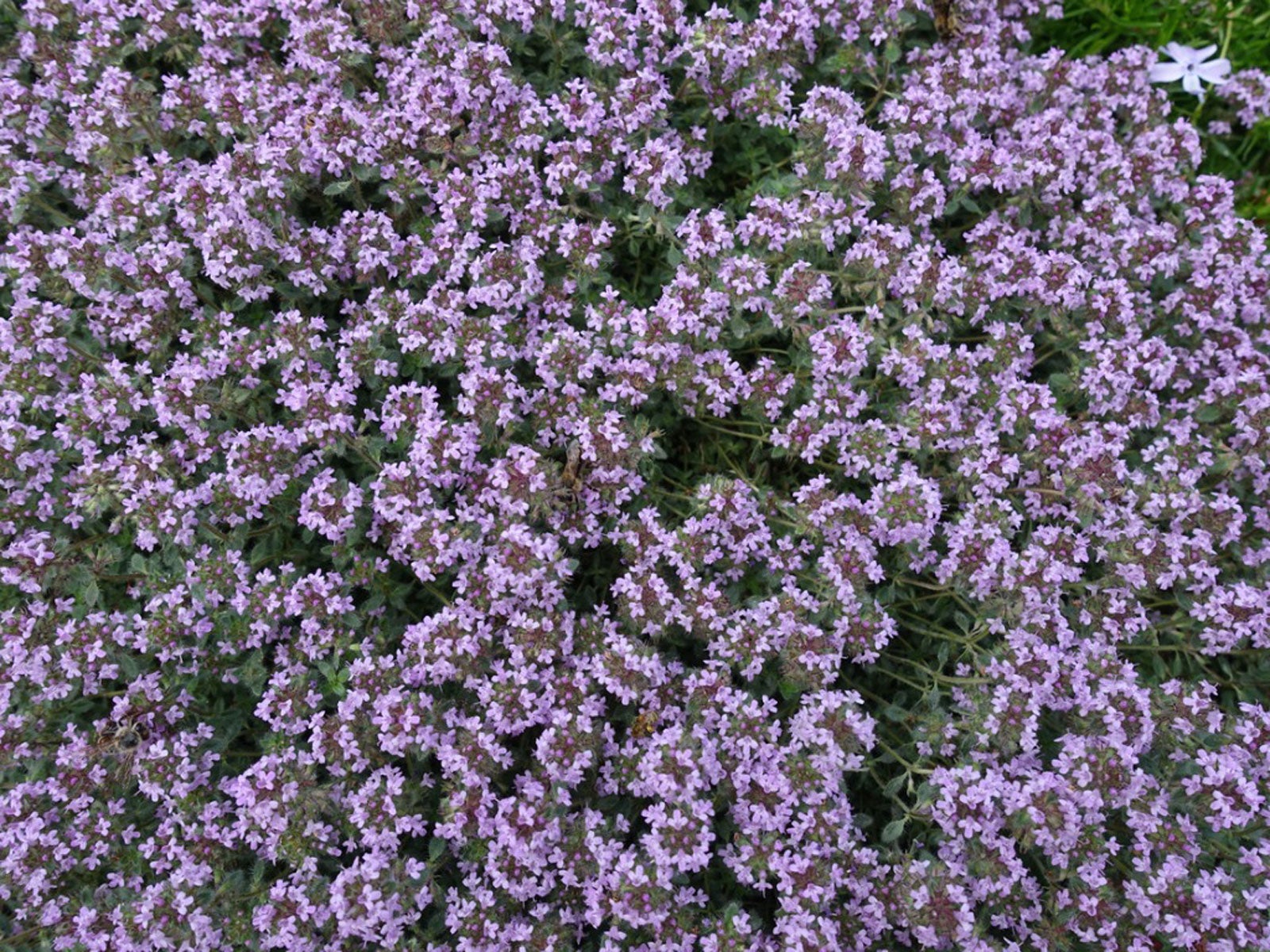 Growing Woolly Thyme: Information On Woolly Thyme Ground Cover
Growing Woolly Thyme: Information On Woolly Thyme Ground CoverThere are plants you just want to touch and woolly thyme plants are just one of them. Growing and caring for this herb plant is easy. Read this article for information on how to grow woolly thyme.
-
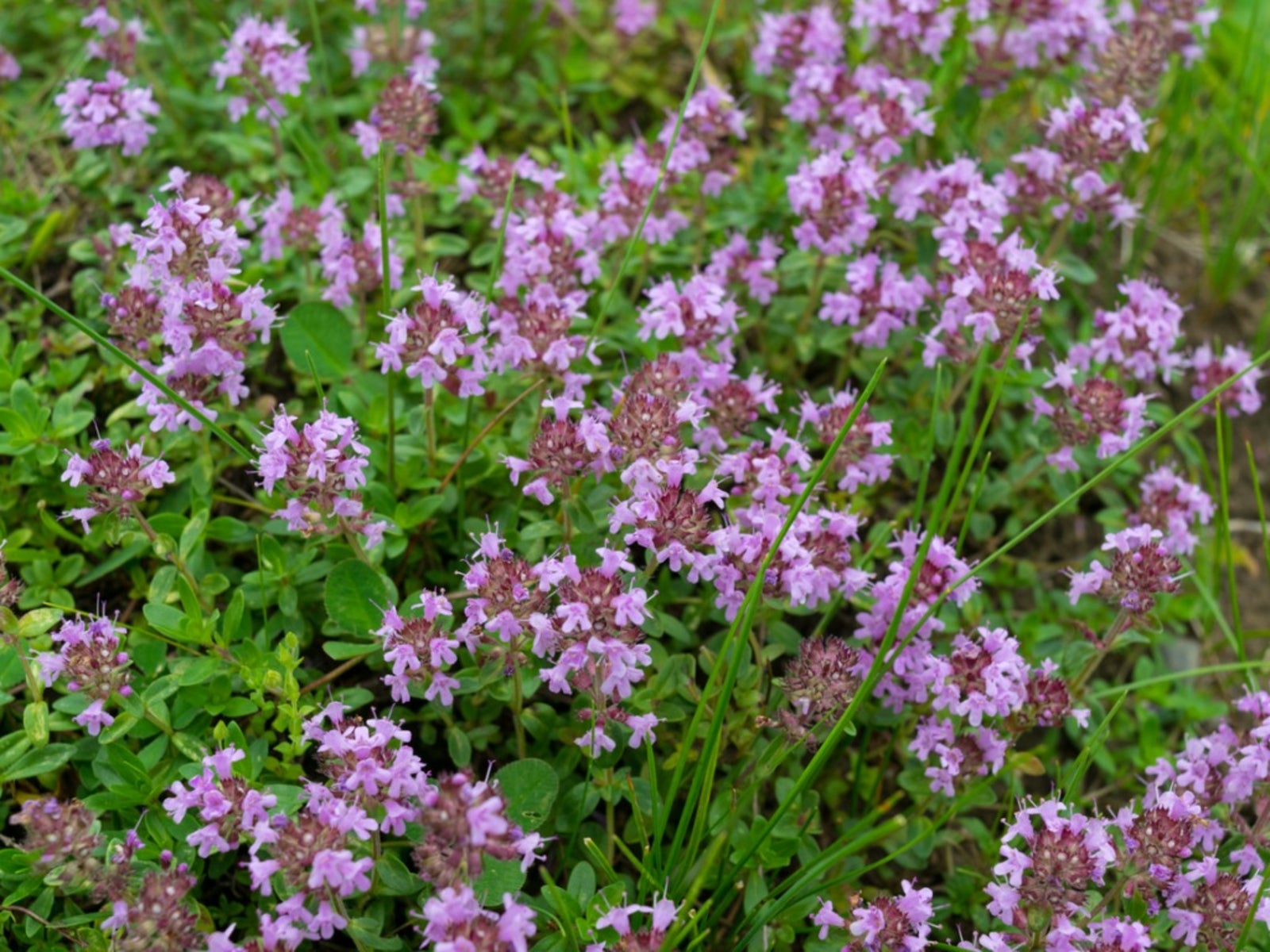 What Is Elfin Thyme: Information On Elfin Creeping Thyme Plant
What Is Elfin Thyme: Information On Elfin Creeping Thyme PlantElfin creeping thyme plant is as cherubic as its name implies with small glossy, green aromatic leaves and teeny weensy purple or pink blossoms. Read here for information on elfin thyme care.
-
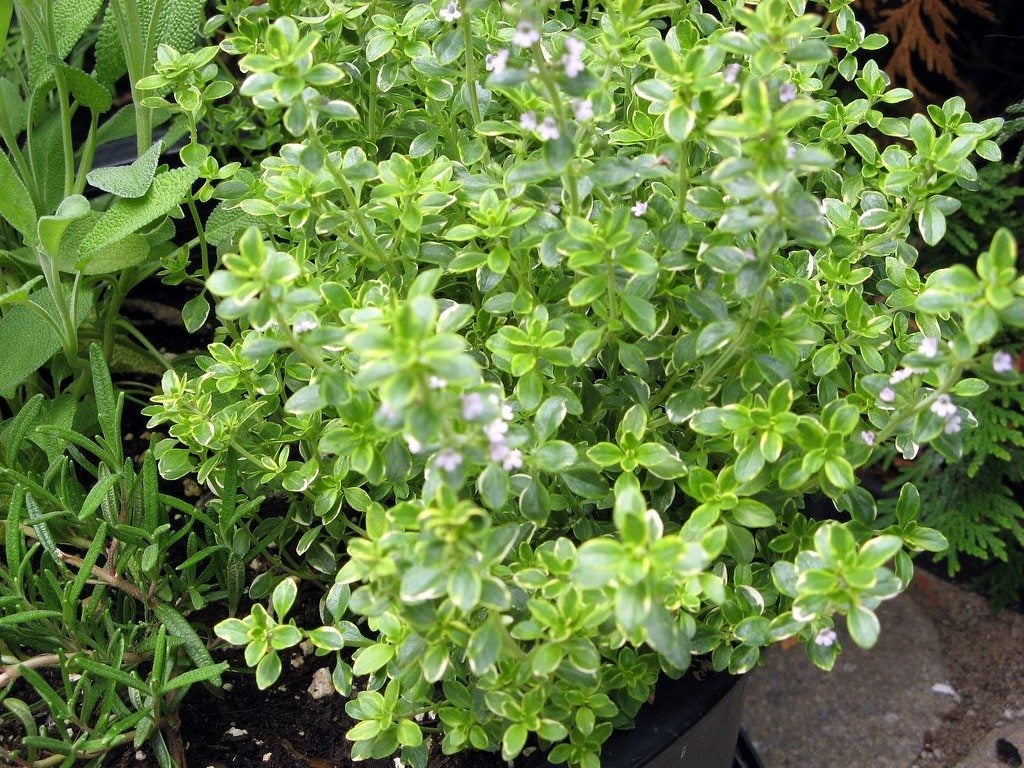 Lemon Thyme Herbs: How To Grow Lemon Thyme Plants
Lemon Thyme Herbs: How To Grow Lemon Thyme PlantsLemon thyme plants are a lovely addition to an herb garden, rock garden or border or as container plants. Grown not only for its culinary uses but for its attractive foliage, lemon thyme info can be found here.
-
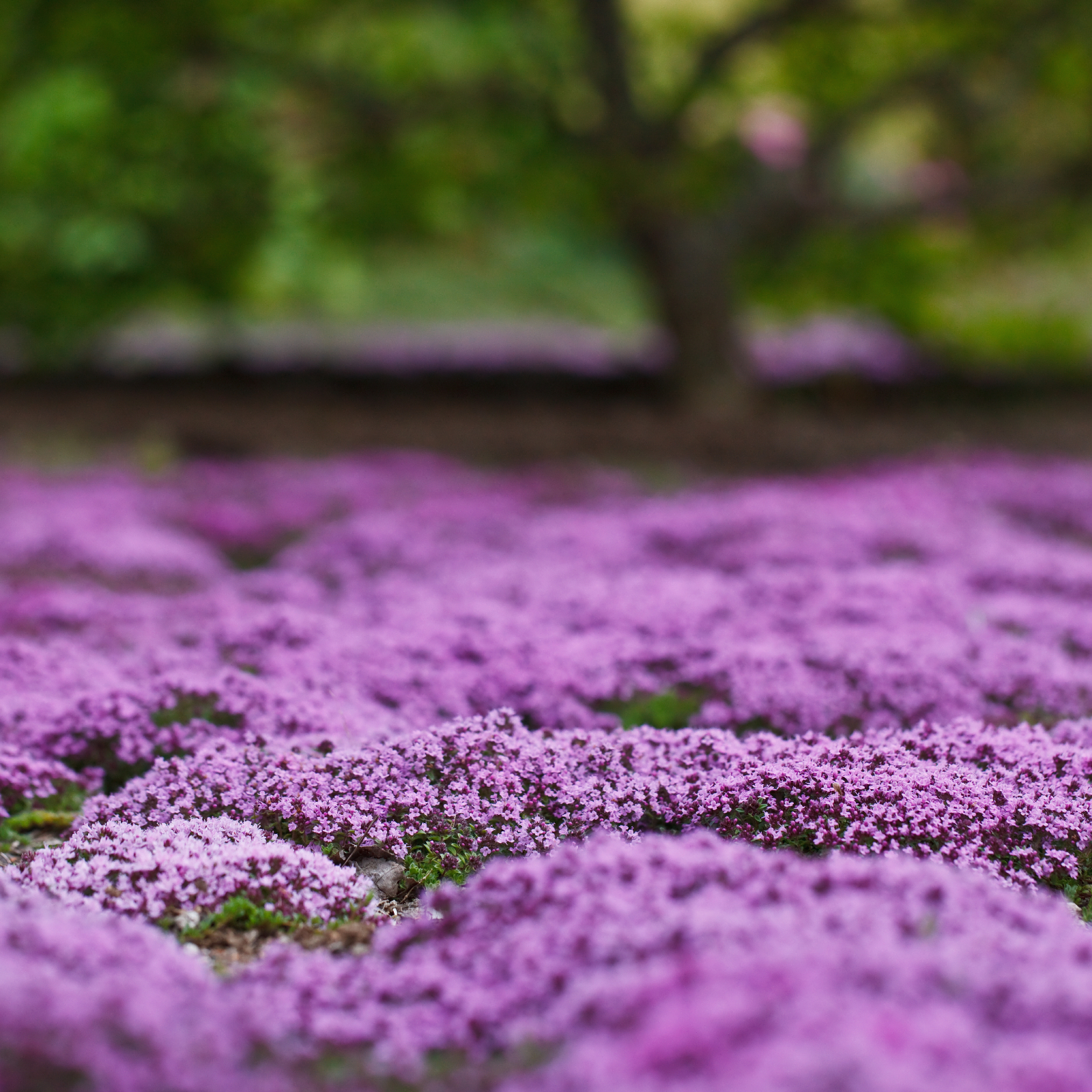 Creeping Thyme Growing Guide – Everything You Need To Know
Creeping Thyme Growing Guide – Everything You Need To KnowCreeping thyme makes a pretty and fragrant ground cover carpet, as well as a great spiller in pots. It likes a little grit in the soil and is easy to grow.
-
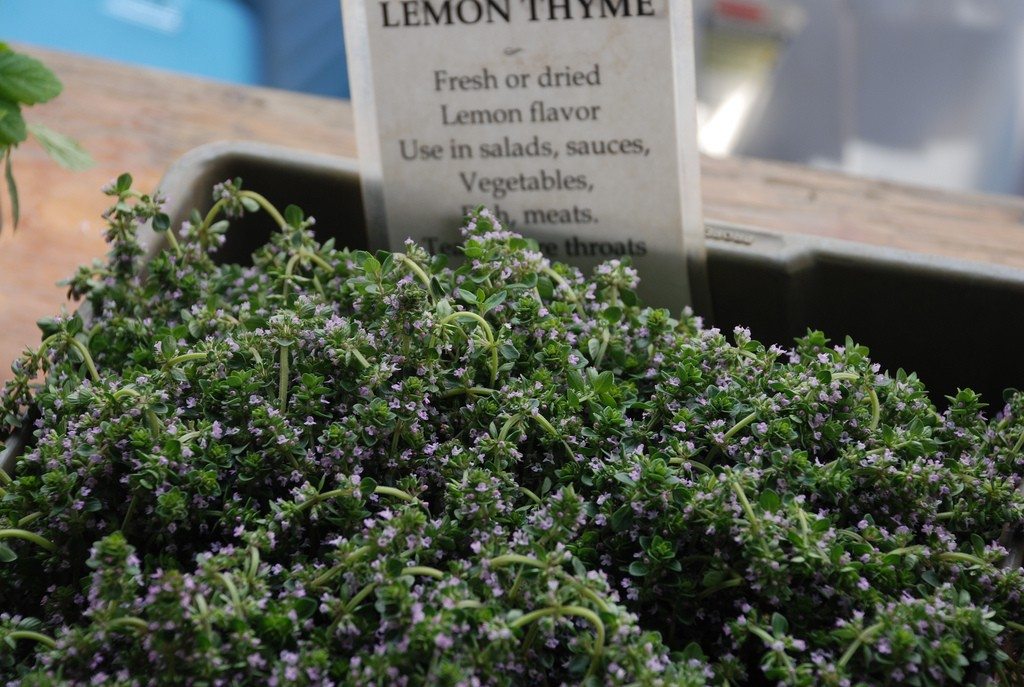 Types Of Thyme Plants: Varieties Of Thyme For The Garden
Types Of Thyme Plants: Varieties Of Thyme For The Garden -
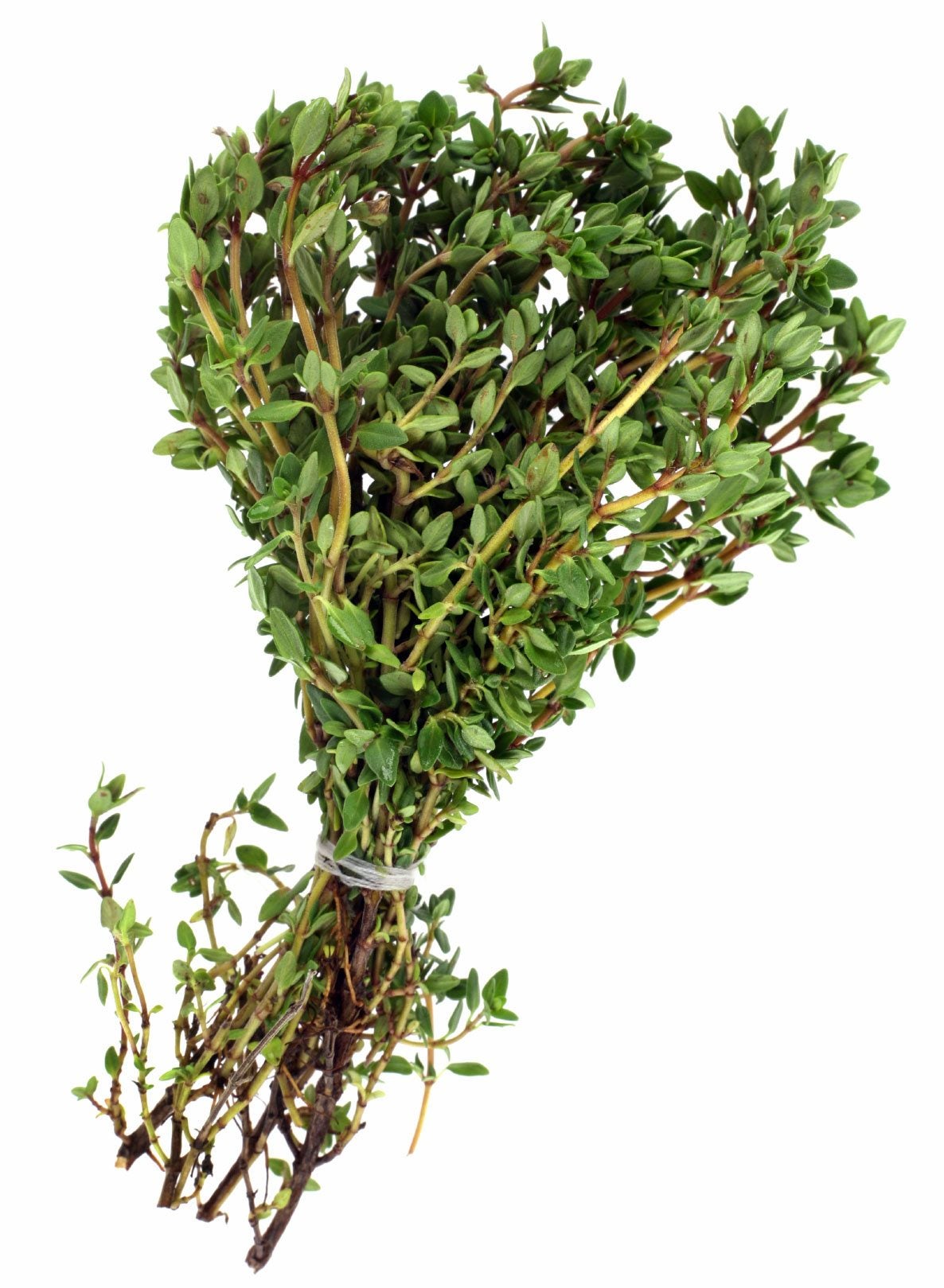 Storing Thyme - Drying Fresh Thyme After Harvesting
Storing Thyme - Drying Fresh Thyme After HarvestingThyme is one of the most versatile herbs, with various cultivars and flavors. Knowing how to dry thyme can help you preserve the delightful scent and flavor of this herb for easy home use. Click here for more.
-
 Tips For Pruning Thyme Plants For Best Growth
Tips For Pruning Thyme Plants For Best GrowthThyme plants do best when they are pruned regularly. Taking the time to trim thyme, not only creates a nicer looking plant, but also helps improve the amount you can harvest from the plant. Learn more here.